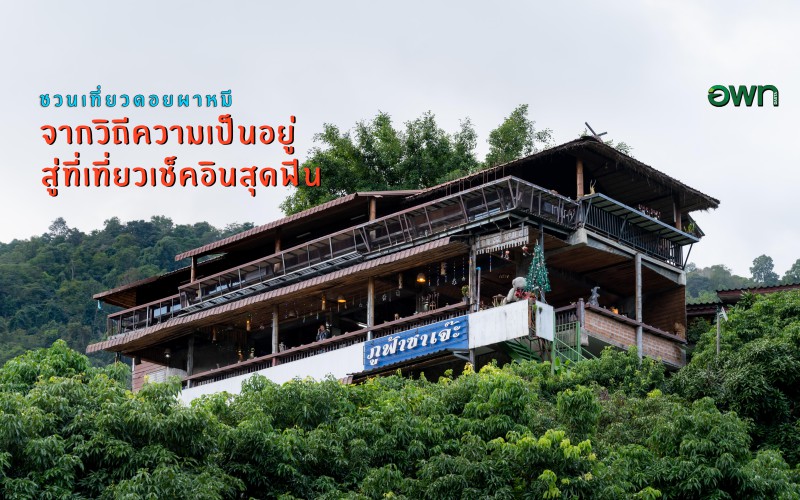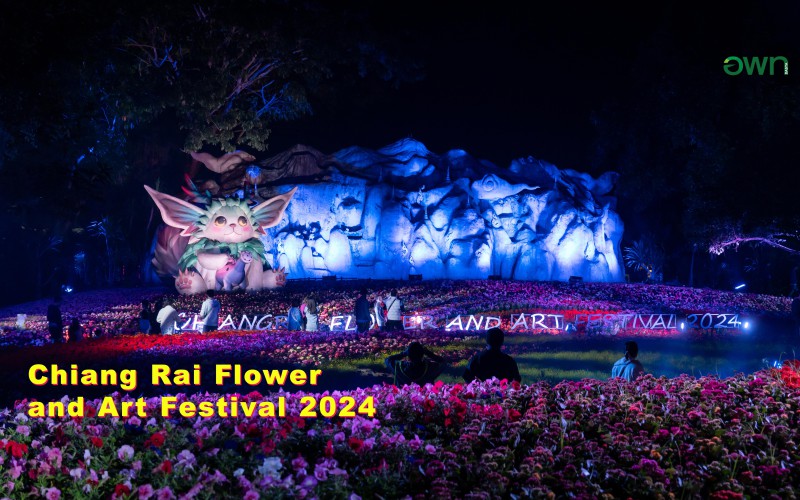“Community-Based Tourism” and the Objective of Income Distribution for the Community
DASTA builds “community-based tourism” to distribute income to the local community, leading to long-term sustainability.

Community-based tourism is receiving greater popularity among domestic and international tourists. The Designated Areas for Sustainable Tourism Administration (Public Organization), or DASTA, is a key organization in driving community-based tourism for the local community’s sustainable development.
Wanvipha Panumat, DASTA’s Director of the Office of Community Tourism, states that measures for community-based tourism development vary according to the unique contexts of each community. The objectives of development in each community are unalike. Communities within designated areas and outside of these zones also have different development goals.

Wanvipha Panumat
For example, the developmental focus of a community seeking to create income will vary from another community seeking to preserve their traditional lifestyle or environment. The existing resources and core competencies of each community also affect development strategies. Communities located near major tourist destinations will gain marketing advantages. On the other hand, communities located in emerging cities and lacking distinct tourist attractions will require different development strategies to create linkage with the tourism supply chain.
DASTA’s authority and jurisdiction in designated areas and outside of these special zones are different. Within designated areas, DASTA focuses on developing model communities according to the objectives of special zones – leading to concrete income distribution for the locals. In these scenarios, DASTA is committed to collaborating with local authorities to train community members and strengthen the area’s infrastructure. DASTA serves as the main liaison between relevant organizations to invest in community development, based on the principle that "Effective Tourism Development cannot be done Alone."
For communities located outside of designated areas, DASTA focuses on developing relationships with local authorities - supporting their endeavors and allowing those organizations to be the key drivers of community development. DASTA positions itself under the "Train the Trainer" approach, disseminating knowledge to local organizations and drafting integrated plans for personnel development. Moreover, DASTA emphasizes network creation and fosters public participation. The objective is to equip local organizations and the people with necessary resources and skills to be self-sustainable – even if DASTA eventually ceases its involvement in the area.
The Director of the Office of Community Tourism described the process of developing communities to reach high standards and eventually win rewards. The process starts with DASTA’s involvement with the community, where brainstorming and planning sessions are conducted with the locals. The selling points of the community are identified, while core competencies are being assessed. DASTA conducts personnel development to create understanding of the tourism industry among locals, establishes development plans with the community, creates value among local resources by story-telling and designing experiences, and executes tourism products and services testing. Moreover, DASTA connects the community with the appropriate tourism market while evaluating and following up on performances consistently. The organization applies the Global Sustainable Tourism Criteria (GSTC) of the Global Sustainable Tourism Council to assess the performances of the communities.

Photo : A.Khachachart / Shutterstock.com
A success story of DASTA’s community development is its involvement with Ban Rai Gong King community in Chiang Mai province. DASTA participated in community development since the very beginning, with the community expressing its objectives clearly – utilizing tourism as a tool for strengthening the community’s social benefits. The community sought to encourage participation and fairly distribute the benefits of tourism to all of its members.
Takian Tia community in Chonburi province is another success story. It has developed significantly, creating connections with the Thai and international markets.
Director Wanvipha states the strategic objective of DASTA, which is to develop communities to reach a level of competency that allows them to sustainably enjoy the benefits of tourism growth. Communities will receive sufficient and thorough income distribution, allowing them to become self-sustainable.



 Share
Share




